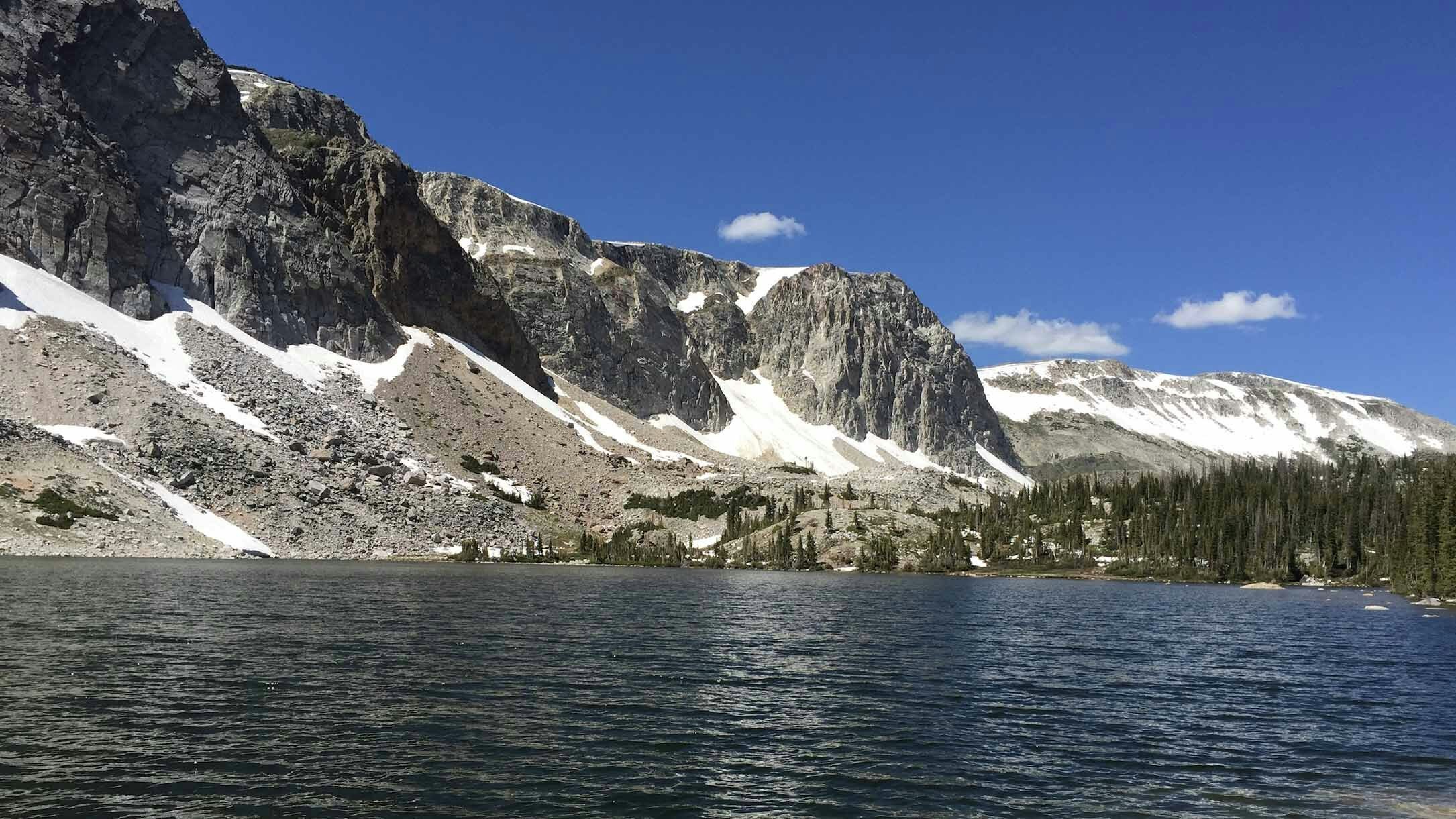Wyoming’s snowpack levels have increasingly improved over the last two months, but the state is still not out of the woods when it comes to dry conditions, meteorologists told Cowboy State Daily on Friday.
As Friday, many of the snowpacks in the state’s drainages had reached at least 75% of the median snowpack levels, although areas such as Gillette and Cheyenne continued to see low snowpacks, according to the Water Resources Data System.
Cowboy State Daily meteorologist Don Day said on Friday that April was a good month when it came to precipitation in Wyoming.
“Things definitely got better and I think probably better than some people expected the situation to be at this time of year,” he said. “However, you have to be careful with the snowpack numbers this time of year, because they can be deceptively low or deceptively high.”
Most of the state saw significant amounts of moisture over the last month, although Cheyenne and Gillette were skipped by most of it, other than a blizzard that hit Gillette in mid-April.
“Is it a great snowpack level? No. Is it disastrous? Also no,” Day said.
Since April was a cooler month comparatively, there has not been much runoff as of yet to deplete the snowpacks, he added.
Tony Bergantino, director of the Water Resources Data System in the Wyoming State Climate Office, told Cowboy State Daily on Friday that it should be kept in mind that the snowpack numbers in the basins are based on the median measurements for a particular date.
“A month ago all the basins were below median, now five of them are above their respective medians. This is one reason I like to look at the median peak value for a basin or station,” Bergantino said. “All but three basins, Cheyenne, Belle Fourche, and the South Platte, reached a peak snowpack later than the median date.”
He added that while the date of the peak this year was later, the amount of of snow contained when snowpacks reached their peak in all basins was below the median.
“Five basins (Yellowstone, Wind, Bighorn, Sweetwater and Tongue) eventually had peaks that were 90% or greater than the median, which was a major improvement from the way things were looking a month or so ago,” Bergantino said. “The Tongue actually made it to about 98% of median peak. There is some chance that we could continue to add a bit over the next week.”
Bergantino noted that due to the recent precipitation seen across the state, soil moisture percentiles have improved as well.
“These recent rounds of precipitation have helped conditions, however many areas could use more to make up for some of the longer-term deficits,” he said. “The north-central and northeast part of the state really benefitted and the worst there is in the 10th to 20th percentile while even three weeks ago about three-quarters of Campbell County was less than the fifth.”





